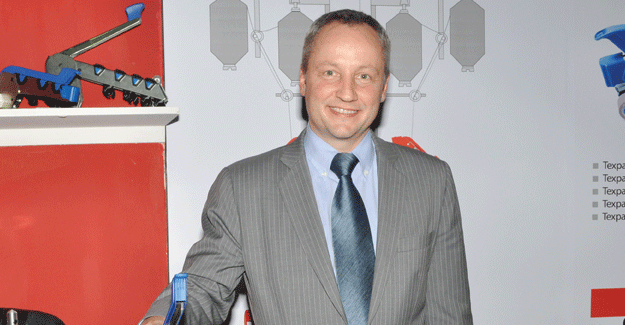‘Bangladesh is soon becoming the next China for textile machinery suppliers’
‘Bangladesh is soon becoming the next China for textile machinery suppliers’

Bangladesh’s textile machinery imports since the beginning of 2014 are showing signs of picking up, after stagnating in the second half of 2013. In particular, automatic sweater manufacturing, garment sewing and jeans manufacturing machines are much in demand. In an exclusive interview with Textile Excellence, M Shahabuddin, Managing Director, Pacific Associates Ltd, discussed the potential of the Bangladesh market.
How are investments in the Bangladesh textile and apparel industry, following the last one year of turmoil?
In the second half of 2013, investments and consequently orders for textile and garment machinery had come to a standstill. Fortunately, 2014 has started off well. The industry is again in investment mode. At Pacific Associates, we are receiving a lot of enquiries and orders from the textile and garment industry. There is a lot of interest in automatic sweater manufacturing machines, garment sewing machines, and jeans making machines, as the industry is receiving a lot of orders in these segments.
What about investments in the textile industry?
This is a little slow due to the shortage of gas and power in the industry. That is probably the reason the industry is not investing as much in textile manufacturing – weaving, knitting, processing, dyeing, washing, etc. That is not to say that there are no investments happening. The power situation is improving slowly, orders are improving, the industry is trying to be self-sufficient in raw materials, so textile manufacturing will also pick up. We expect good business over the next two years.
Tell us something more about your technology offerings in automatic sweater manufacturing.
We represent Shima Seiki, we are the sole agent of Shima Seiki in Bangladesh. They have very good machines for sweater manufacturing. Even today, this sector uses a lot of manually operated machines, which are losing relevance as the industry is trying to increase productivity. Shima Seiki’s automatic sweater making machines can help the industry modernise and upgrade. Of course, these machines need relatively higher investments, but are the best in the market for jacquards, intarsia, etc.As interest in the machines increases, Shima Seiki, alongwith Pacific Associates, has started a training center to train and orient programmers to make the best use of the machines. Training courses are of five months duration, including practical training and programming, with 10 students, usually engineers, in each batch. Once the training is completed, the students find placement in the industry, and we retain some in our training center. According to me, this is a very important service that we are providing the industry, as we are creating a pool of technically qualified personnel.
What are you showcasing at DTG 2014?
There will be Then airflow technology from Fong’s, this is a very important technology when the industry is trying to address environmental issues. We will also showcase Fukuhara knitting machines, Vi.be.mac which offers some very good machines for jeans manufacturing, of course, Shima Seiki, and others. We expect good response at the show. Pacific Associates is one of the largest machinery suppliers in the country, representing 25 principals, with a very strong focus on service. Pacific has grown to what it is today only for its service to its customers. I have nearly 100 service personnel, including engineers and technicians. For some machines, we offer 24-hour service, this is especially true for Bruckner’s line of equipment.
With environmental issues gaining strong ground, will you also offer effluent treatment plants?
This is very important, and we already have some products here from Joseph Egli, of Italy. Wet processing and dyeing factories can be set up only with the necessary government permissions, and if an ETP is installed. As the wet processing sector in the country grows, so will investments in effluent treatment plants. We have supplied some of these machines to the industry.
Where do you see the future of the Bangladesh textile and garment industry?
I see Bangladesh becoming a second China for the world’s textile and apparel machinery suppliers. The Bangladesh textile and apparel industry is here to stay, and will continue to grow. The focus on compliances, in the long term, will help the industry grow in strength. What is needed is power and infrastructure, so that the industry can grow to its true potential.n



 textileexcellence
textileexcellence 







